

The unique style of your characters, and you!
What’s in the Video?
Here’s a lesson all about putting your own unique touches to your writing - making your characters sound unique, and finding a writer’s voice that’s unique to you, too. Remember - no one else will write quite like you do!
Video Chapters:
00:00 Introduction
00:23 Meet the creators
01:15 How to make a character feel and sound unique?
04:43 How to create an original character voice?
06:40 Finding our writer’s voice
08:32 Final words of advice
09:23 Here’s what we’ve learned
 Learning Intentions
Learning Intentions
1. Learning about voice, and how we can create different character voices in our stories.
2. Exploring descriptive writing, and how we can use language to express the personalities of our characters.
SUCCESS CRITERIA:
1. Demonstrated understanding of voice by creating written examples in different character voices.
2. Included imaginative details and descriptive language in my writing.
 Discussion Questions
Discussion Questions
PRE-VIDEO:
Think about your friends and family. Do you know someone who has a unique, noticeable way of speaking? Perhaps they have a saying they repeat often, or some words they like to use? How do they sound? Could you recognise this person by the way they speak, even if you couldn’t see them?
Do the adults in your life ever try to sound ‘cool’ or use words or phrases they think kids or teens use? Do they sound like real kids, or do they sound silly? Why?
Authors often write about characters who are very different from themselves. How do you think they might create these characters? What sorts of things might they think about as they are writing someone who is not like them?
What do YOU think we mean when we talk about voice?
Do you know the difference between 1st person and 3rd person writing? What do you think this means? Can you think of examples?
POST VIDEO:
Shirley describes voice as ‘the words the author chooses to tell the story and the writing style belonging to that author’.
What do you think she means by a ‘writing style’?
Can you think of any books you have read that have a recognisable ‘writing style?’ What about authors whose books you have read a few of? How would you describe their style?
Leanne mentioned that she often writes in the ‘first-person perspective’, where ‘the author's voice sometimes merges with the character’s voice.’
What is your understanding of ‘first-person perspective’? What sorts of words might you read in a first-person story?
What do you think she meant by ‘the author’s voice sometimes merges with the character’s voice’? What do you think those two different things – author voice and character voice – mean?
Shirley told us that a character’s voice is what a character in a story is thinking and saying. Why did she say that creating a character’s voice is important? What tips did she give us for creating an authentic character’s voice?
Leanne said that she likes to imagine having long conversations with her characters, and HOW they would talk to her. Do you remember some of the questions Leanne asked of her characters?
Leanne and Shirley both talked about finding their writer's voice, and how they discovered the style that worked for them.
Do you remember some of the advice they gave?
Why might finding your own ‘writer's voice’ be important?
 Curriculum Links
Curriculum Links
Australian Curriculum V9.0 Links
ENGLISH Y3-4
Language:
● Text structure and organisation: AC9E3LA03, AC9E4LA03
Literature:
● Literature and contexts: AC9E3LE01, AC9E4LE01
● Engaging with and responding to literature: AC9E3LE02, AC9E4LE02
● Examining literature: AC9E3LE03, AC9E4LE03
● Creating literature: AC9E3LE05, AC9E4LE05
Literacy:
● Analysing, interpreting and evaluating: AC9E3LY03, AC9E4LY03, AC9E3LY05,
AC9E4LY05
● Creating texts: AC9E3LY06, AC9E4LY08
GENERAL CAPABILITIES
LITERACY
Writing:
● Creating texts: Crafting ideas Level 5-6
CREATIVE AND CRITICAL THINKING
Generating:
● Create possibilities: Level 3








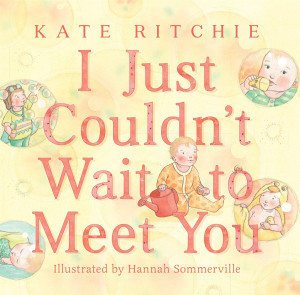
-thumb.jpg)
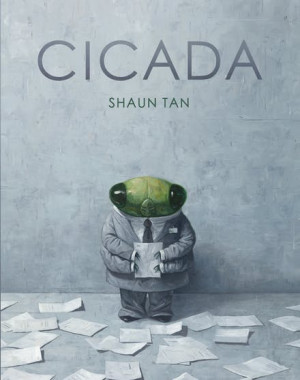
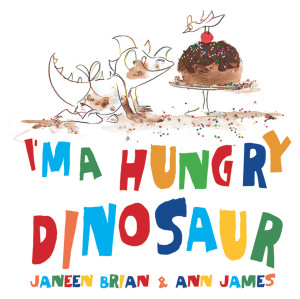
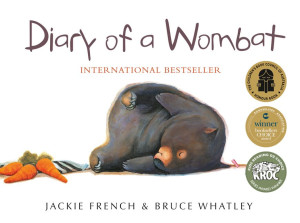
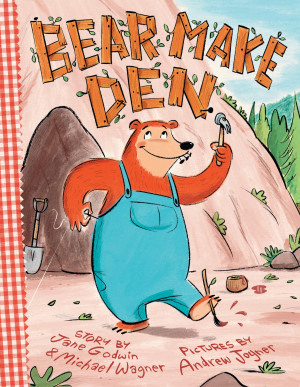
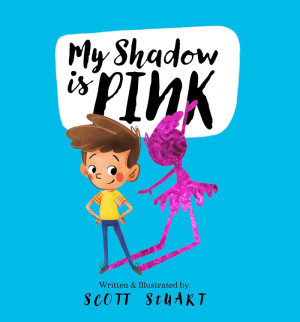
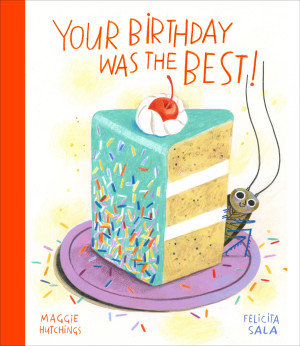

-thumb.jpg)